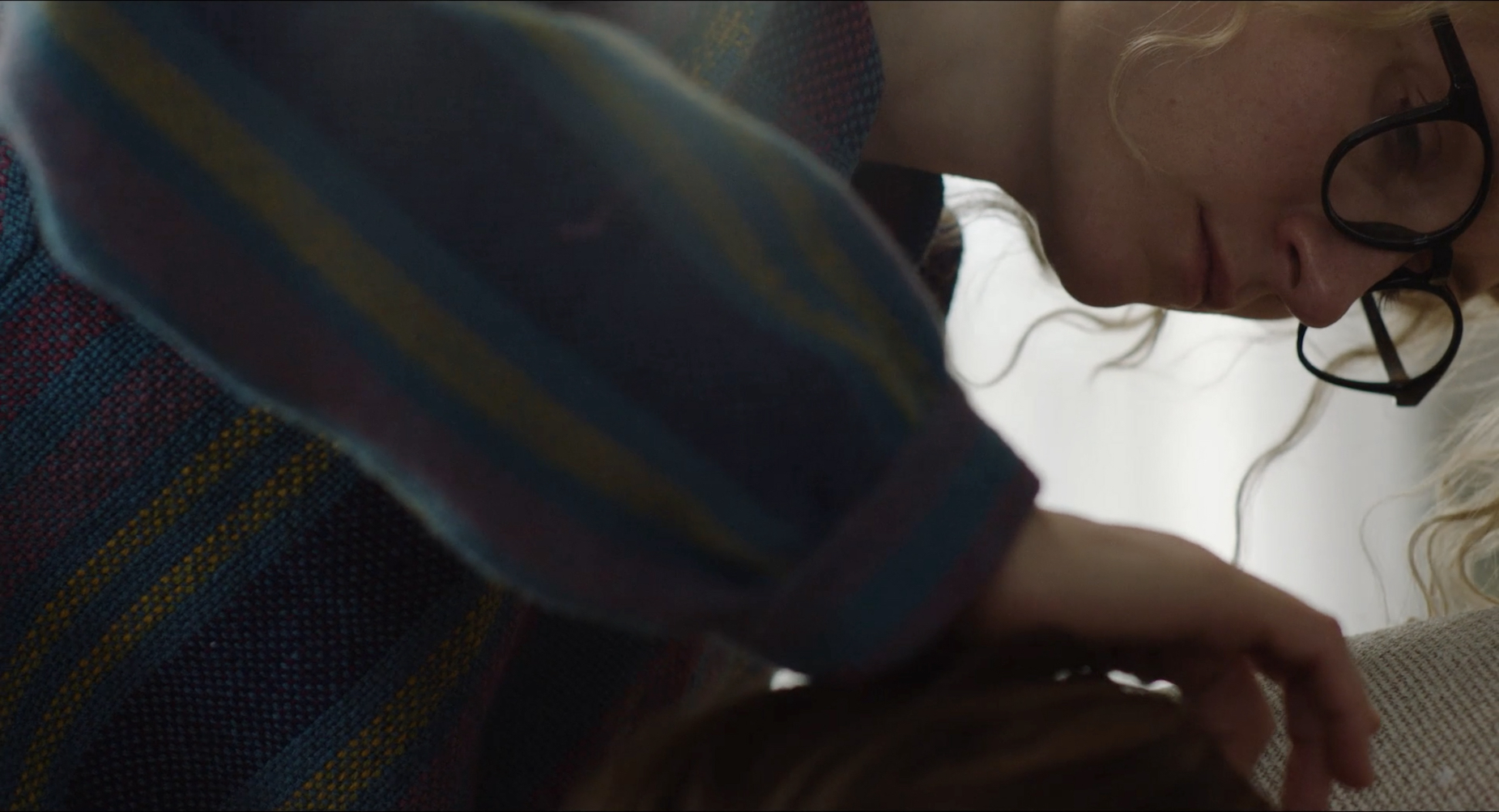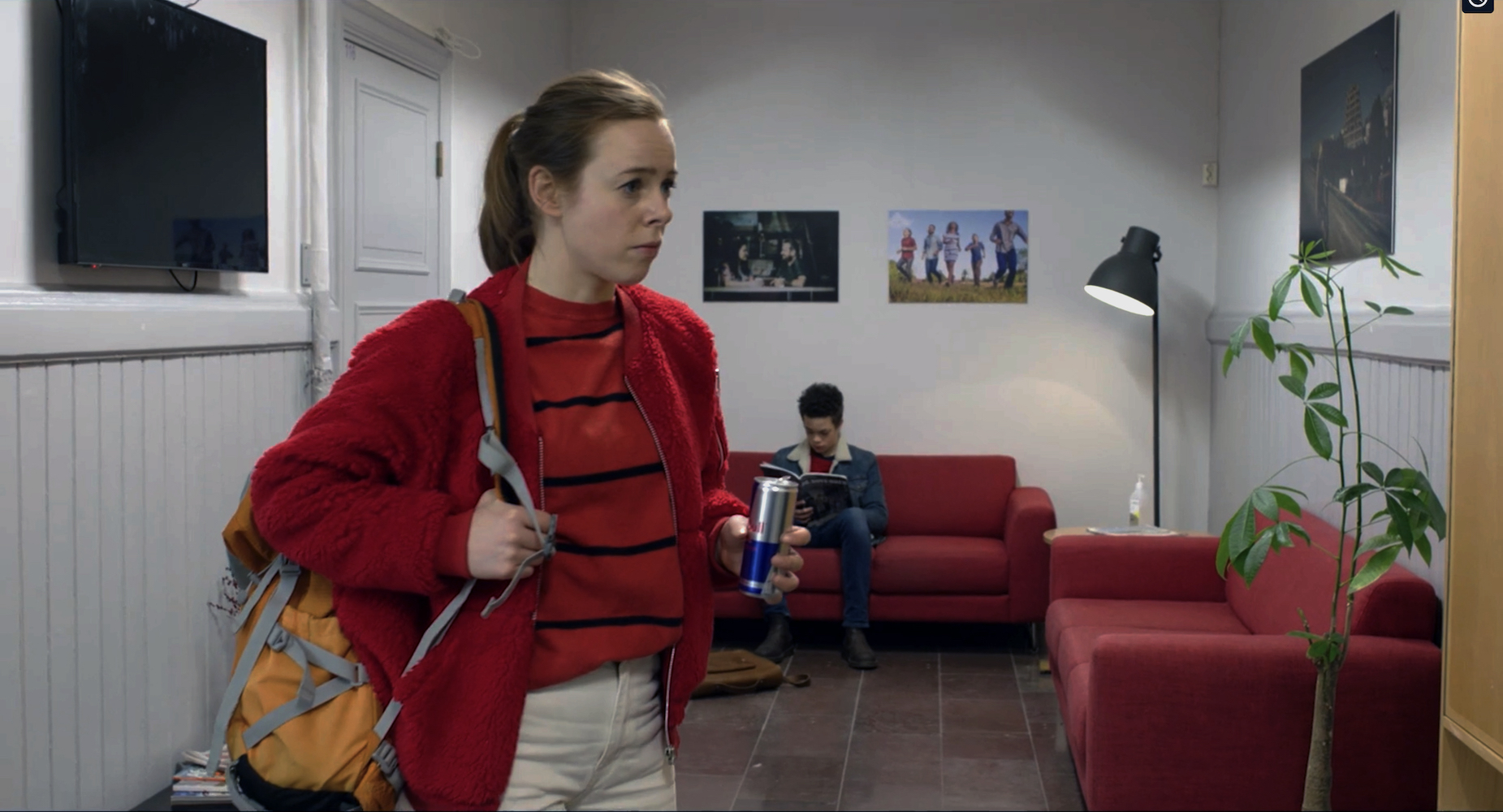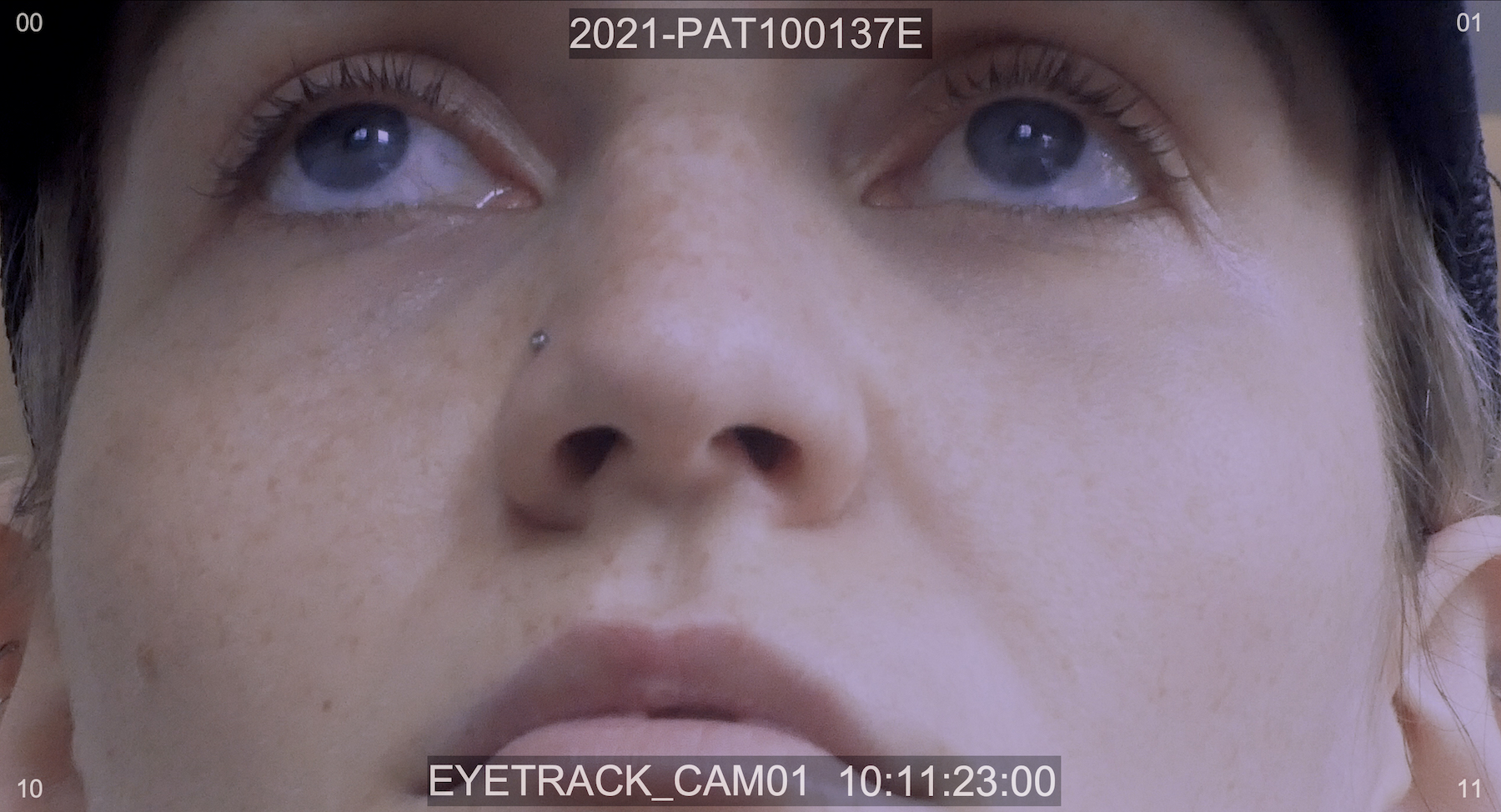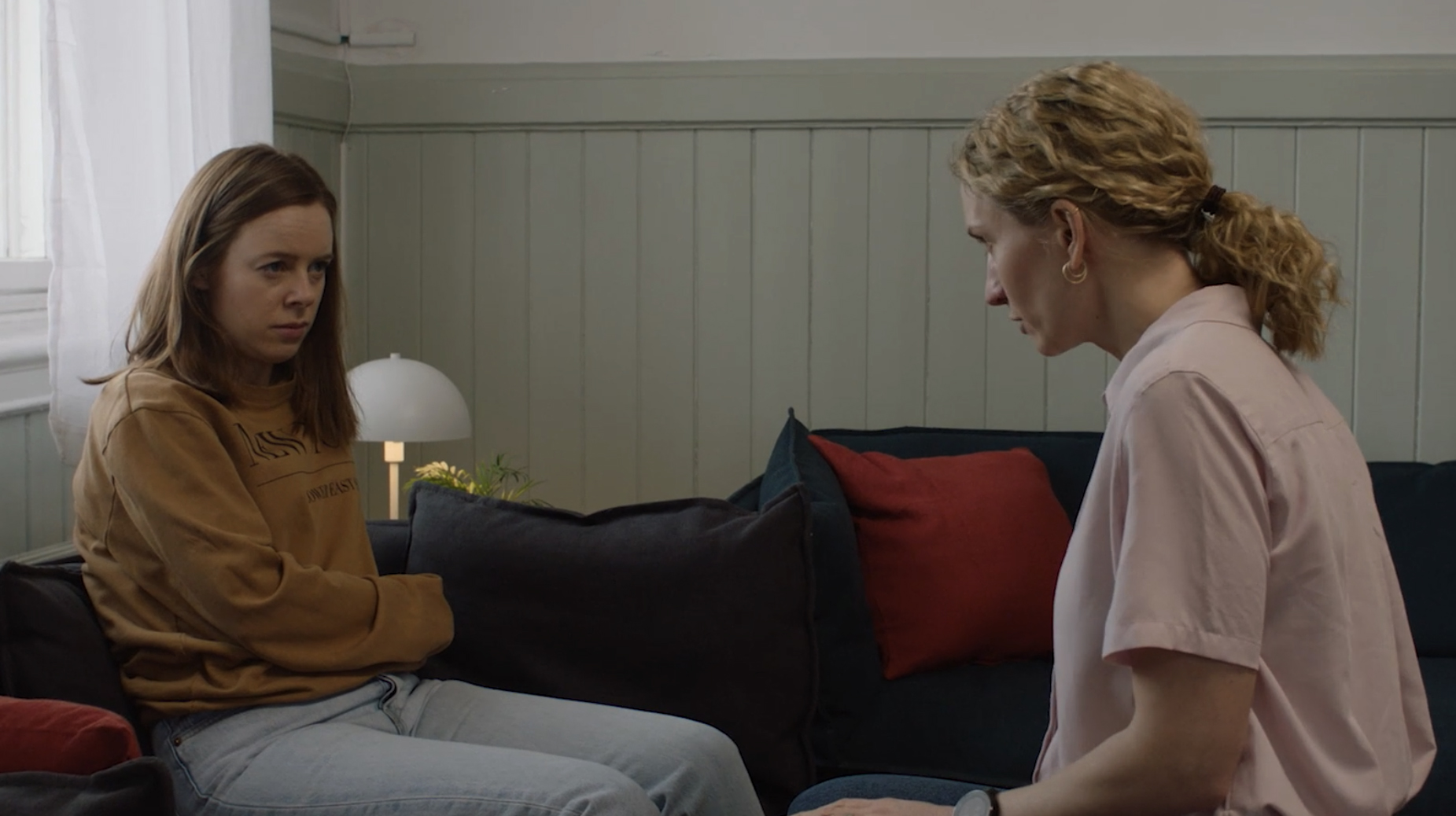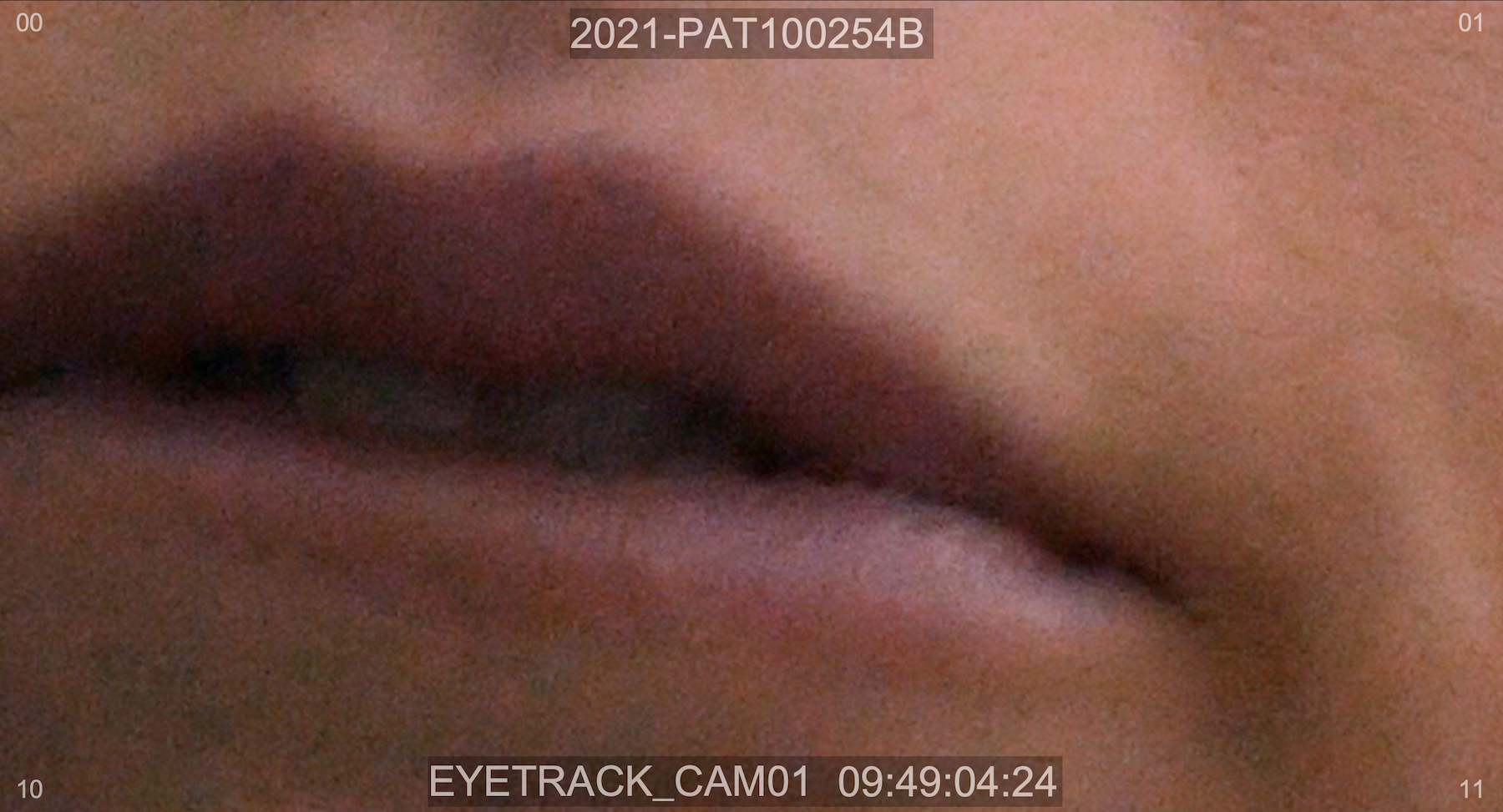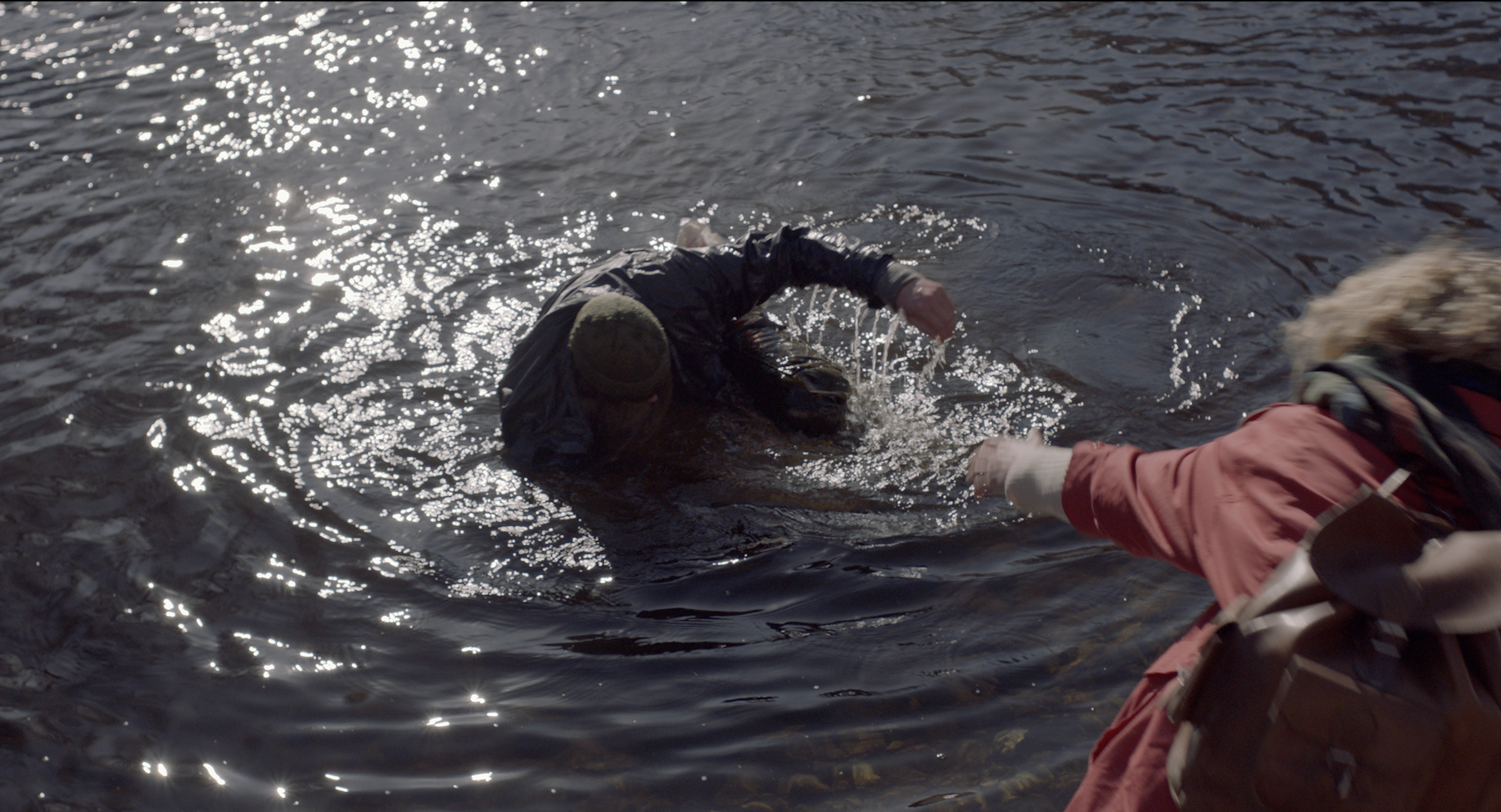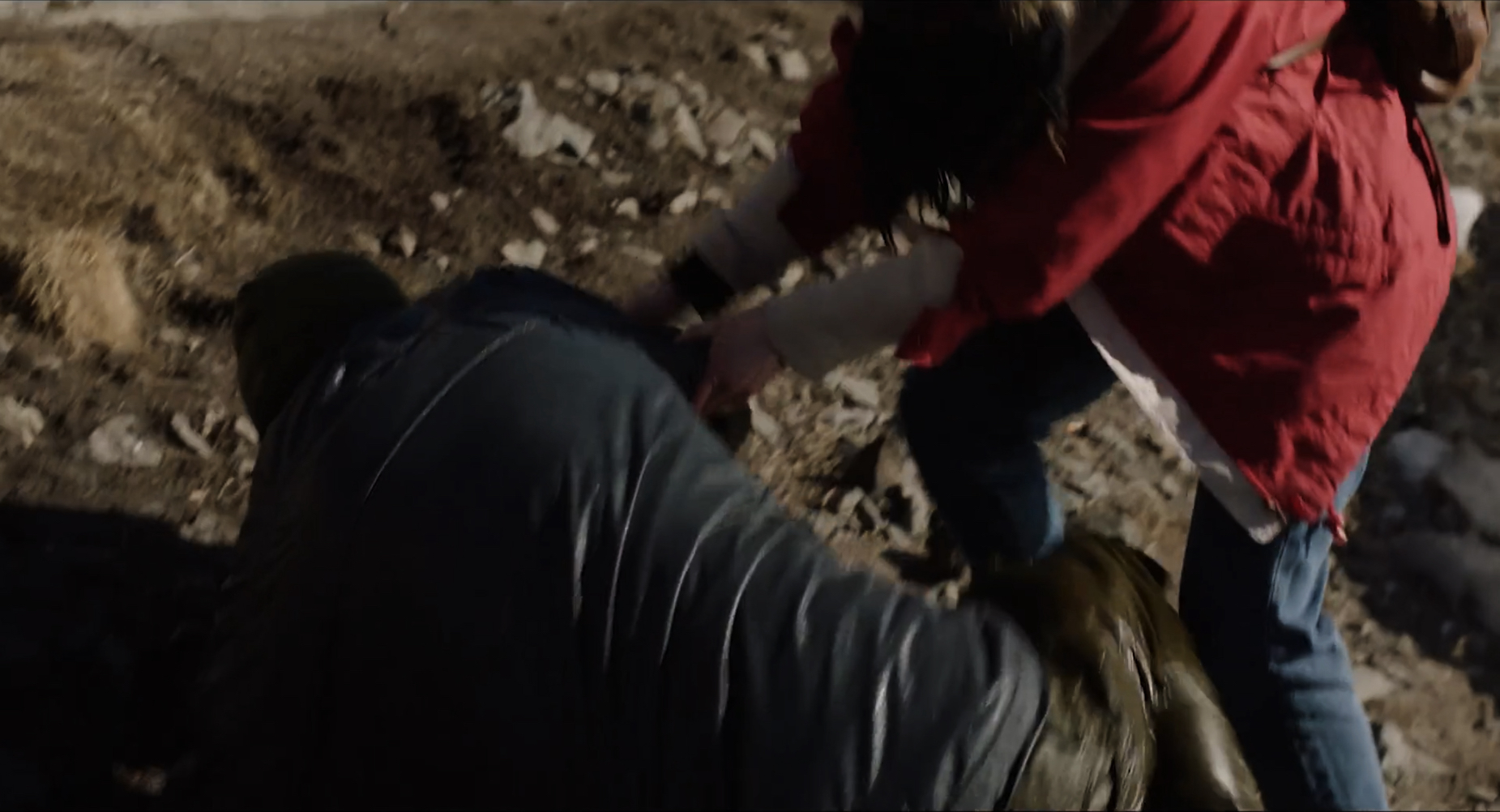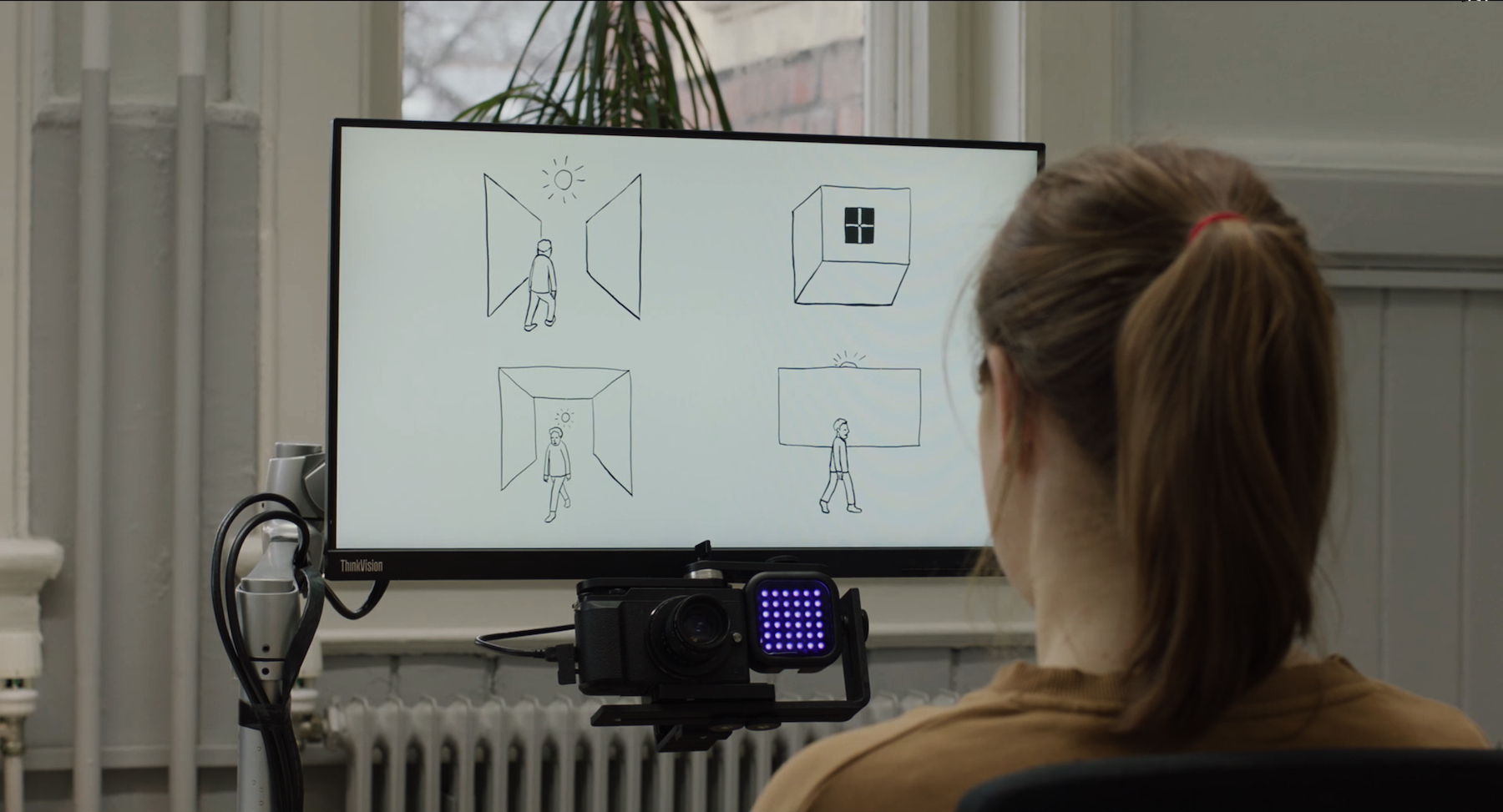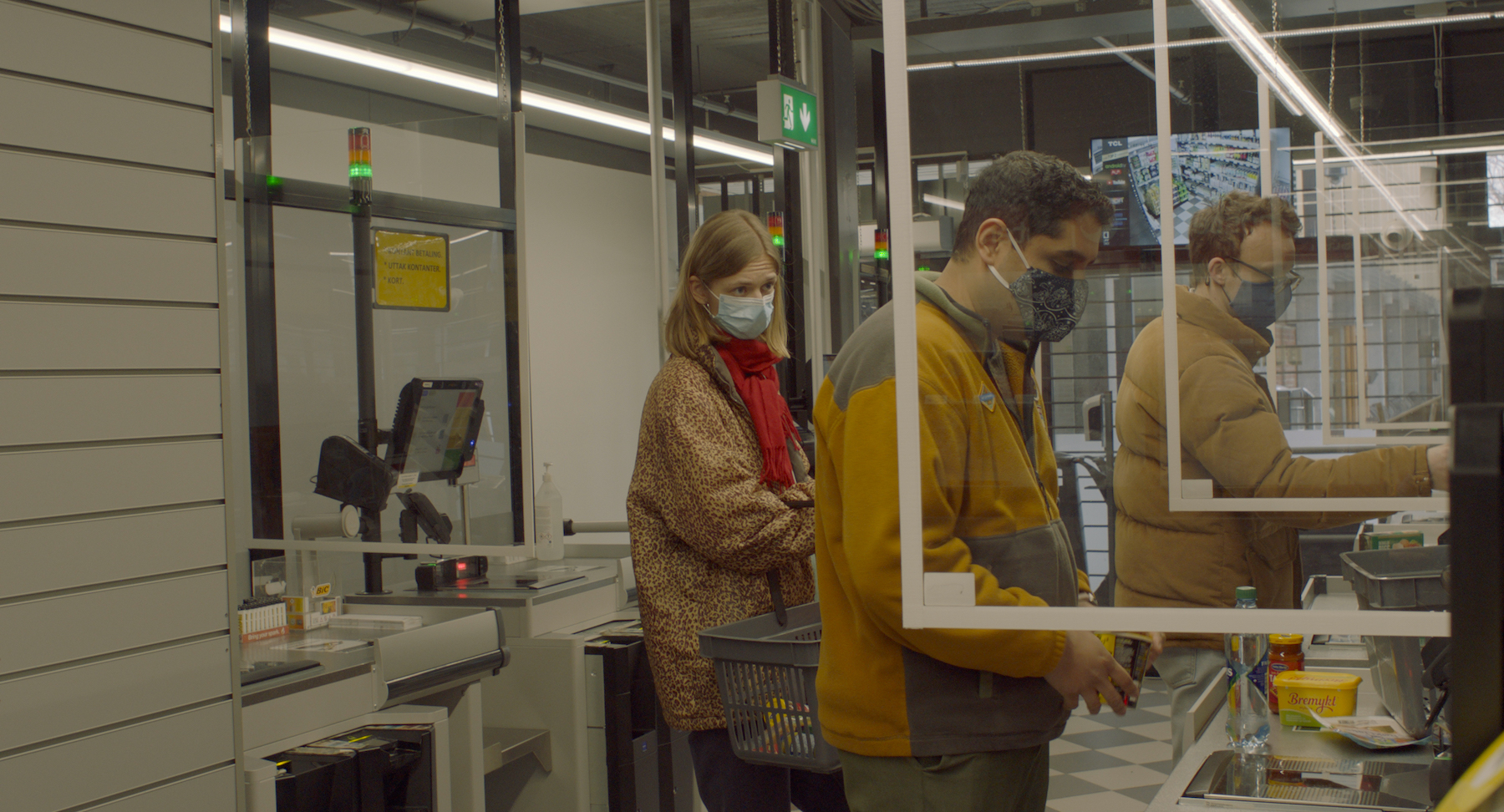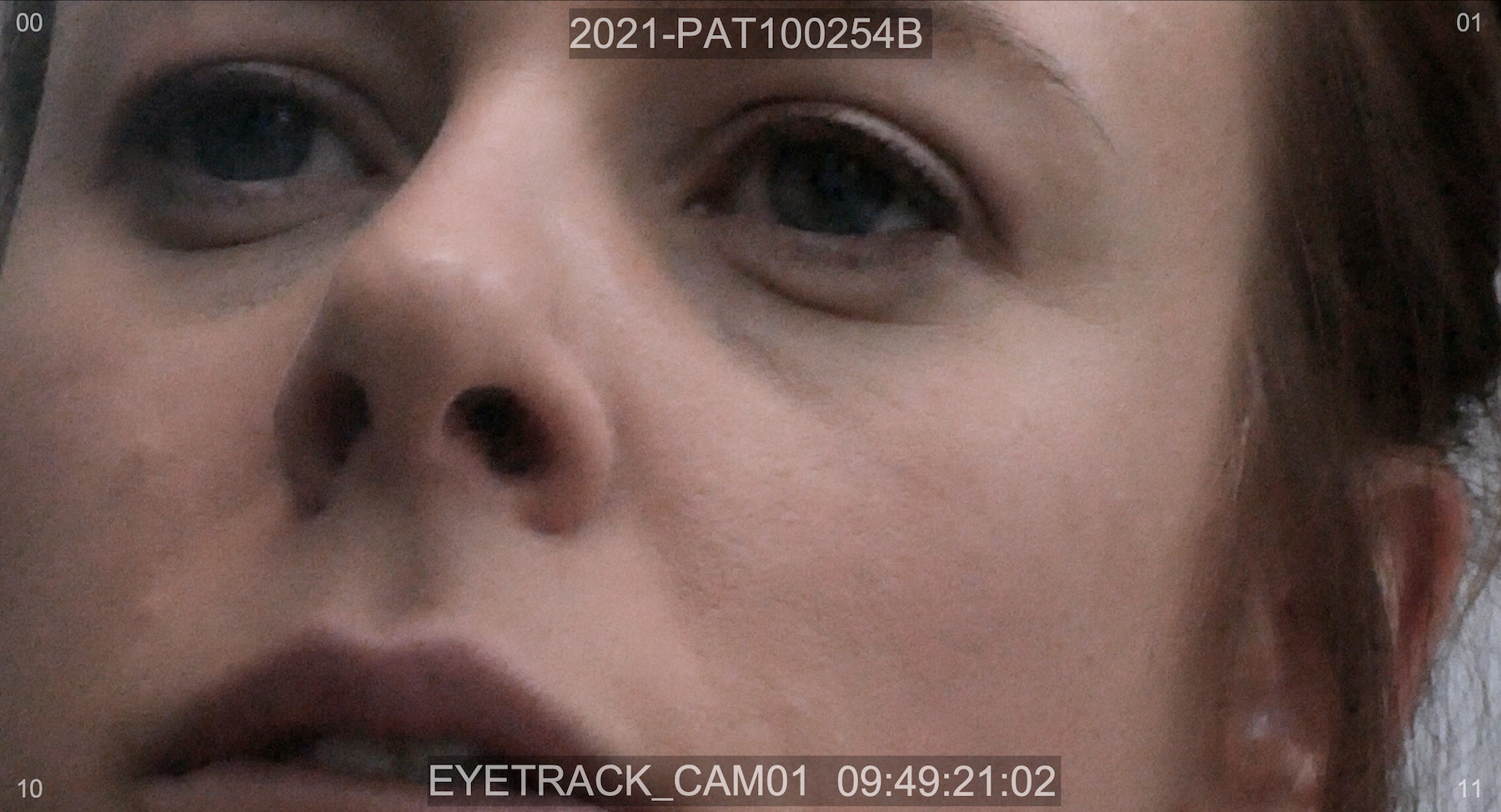Oslo 2; Speech
ARRIRAW, 30 min, colour, surround sound. 2021
With Birgitte Larsen, Kjersti Dalseide, Manish Sharma, Håkon Mathias Vassvik, Vanja Maria Kern Vestenfor, Knut Åsdam.
DOP Marte Vold
Oslo 2; Speech (2021) is the 2nd chapter of Oslo: WORK, SPEECH, LIVING, SEXUALITIES, STRUGGLE (2019–2025), a perennial film- and exhibition project situated in urban public space. With the topics of work, speech, living, sexualities and struggle as starting points, material for one thematic chapter is filmed annually, which is presented in fragments as installations in various urban public spaces in Oslo. Each autonomous film deals with different crisis or deviations within contemporary urbanity, and will eventually become the foundation for a feature film in 2025. Using the city of Oslo as raw material to develop narratives told from under-represented perspectives in our society, the overarching project is an acute look at our present times in a Northern European urban setting.
Oslo 2; Speech (2021) is primarily set in a speech-language pathology clinic, where we meet a small group of speech-language pathologists and the people coming for treatment. The main characters in this dynamic, X and M, one a pathologist and one a "patient”, ends up on two sides of a communicative barrier where the power relations are unsure. X desires everyday speech and communication outside of the clinic, and M - who in one way has language difficulties - frustrates Xs attempts at leading the treatment through her questioning and use of language, disrupting the treatment at every chance, while still regularly coming in for treatment. M gains power from the power-play at stake in her own treatment, rather than through her linguistic skills that she is there to improve. X's professional understanding of people and place is greatly influenced by working in a “boundary zone” of comprehension, understanding and linguistic deviancy, but since it is her professional life, it also estranges her from the linguistic play of everyday life of people.
Deviation is thematically and structurally embedded in the film. Thematically it is about coping with unusual language in a language-obsessed and skills-oriented society, unusual meaning to not be able to speak the dominant language in society with authority. In this film, it relates to speech difficulties often associated with learning difficulties, that of depressed speech, or of people desperately seeking affirmation through any sort of language. The effects might sometimes be subtle and not apparent in all situations, but there is a sense of something “wrong” with the syntax, although also a very creative use of signifiers to circumvent the difficulties in creating a straight-forward sentence. Like the different topics of “broken” and/or infused language, this creates language with great local precision as it is understood by and tailored to the people close to one, but that might struggle with access to social or economic positions in society—or simply to be understood.
Linguistic non-conformity is prominent in the film, which allows me to work critically and creatively with regards ti film conventions to do with language. Like with casting or narratology, language in film has become increasingly standardized in the forms that are considered workable and realistic, or even “neutral” and dramatically functional. However, like with everything else within the medium it is, of course, totally constructed and institutionalized. In removing the hesitations, faulty sentences, incomplete sentences that are fulfilled by association, or the over-elaborate or repetitive languages of every-day life, one also removes important markers of the creative and necessary struggle with language that we engage with. With this, one also removes important announcements of subjectivity, the body and lived experience that belong to our times. I have a long-standing interest for the psychology of language, as well as that of the usage and creativity of slang and struggles with language, and this film brings these issues to the forefront.
DOP Marte Vold
Oslo 2; Speech (2021) is the 2nd chapter of Oslo: WORK, SPEECH, LIVING, SEXUALITIES, STRUGGLE (2019–2025), a perennial film- and exhibition project situated in urban public space. With the topics of work, speech, living, sexualities and struggle as starting points, material for one thematic chapter is filmed annually, which is presented in fragments as installations in various urban public spaces in Oslo. Each autonomous film deals with different crisis or deviations within contemporary urbanity, and will eventually become the foundation for a feature film in 2025. Using the city of Oslo as raw material to develop narratives told from under-represented perspectives in our society, the overarching project is an acute look at our present times in a Northern European urban setting.
Oslo 2; Speech (2021) is primarily set in a speech-language pathology clinic, where we meet a small group of speech-language pathologists and the people coming for treatment. The main characters in this dynamic, X and M, one a pathologist and one a "patient”, ends up on two sides of a communicative barrier where the power relations are unsure. X desires everyday speech and communication outside of the clinic, and M - who in one way has language difficulties - frustrates Xs attempts at leading the treatment through her questioning and use of language, disrupting the treatment at every chance, while still regularly coming in for treatment. M gains power from the power-play at stake in her own treatment, rather than through her linguistic skills that she is there to improve. X's professional understanding of people and place is greatly influenced by working in a “boundary zone” of comprehension, understanding and linguistic deviancy, but since it is her professional life, it also estranges her from the linguistic play of everyday life of people.
Deviation is thematically and structurally embedded in the film. Thematically it is about coping with unusual language in a language-obsessed and skills-oriented society, unusual meaning to not be able to speak the dominant language in society with authority. In this film, it relates to speech difficulties often associated with learning difficulties, that of depressed speech, or of people desperately seeking affirmation through any sort of language. The effects might sometimes be subtle and not apparent in all situations, but there is a sense of something “wrong” with the syntax, although also a very creative use of signifiers to circumvent the difficulties in creating a straight-forward sentence. Like the different topics of “broken” and/or infused language, this creates language with great local precision as it is understood by and tailored to the people close to one, but that might struggle with access to social or economic positions in society—or simply to be understood.
Linguistic non-conformity is prominent in the film, which allows me to work critically and creatively with regards ti film conventions to do with language. Like with casting or narratology, language in film has become increasingly standardized in the forms that are considered workable and realistic, or even “neutral” and dramatically functional. However, like with everything else within the medium it is, of course, totally constructed and institutionalized. In removing the hesitations, faulty sentences, incomplete sentences that are fulfilled by association, or the over-elaborate or repetitive languages of every-day life, one also removes important markers of the creative and necessary struggle with language that we engage with. With this, one also removes important announcements of subjectivity, the body and lived experience that belong to our times. I have a long-standing interest for the psychology of language, as well as that of the usage and creativity of slang and struggles with language, and this film brings these issues to the forefront.
Links
